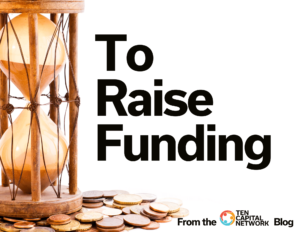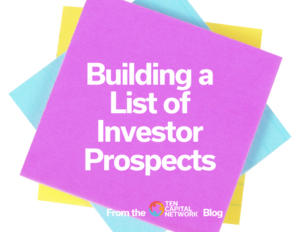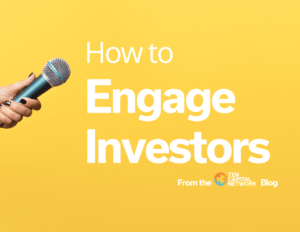
To Raise Funding
1 min read What does it take to Raise Funding? First-time fundraisers make many mistakes. Here’s a list of key points to consider before your

1 min read What does it take to Raise Funding? First-time fundraisers make many mistakes. Here’s a list of key points to consider before your

2 min read How to Raise Funding Step 2: Building Investor Engagement You have a good list of investors that are interested in your deal,

1 min read How to Raise Funding Part 1: Building a List of Investor Prospects (You Need Several Hundred, Not Just a Dozen or So)

2 min read How to Raise Funding Step 6: How to Engage Investors for Calls and Meetings In looking at how to raise funding, a

2 min read How to Raise Funding Step 5: Developing Rapport with the Investor When I ran angel networks using the dinner club model, I

2 min read How to Raise Funding Step 3: Educate the Investor About Your Deal They say it takes seven touches to close a sale